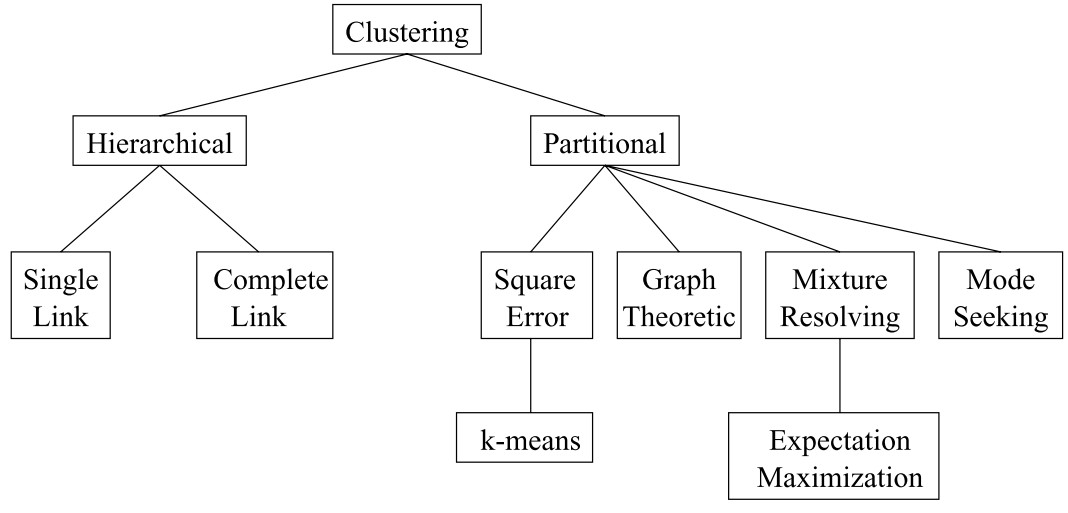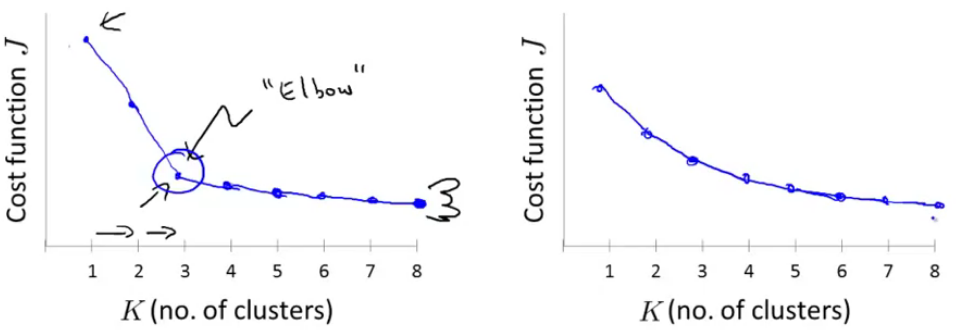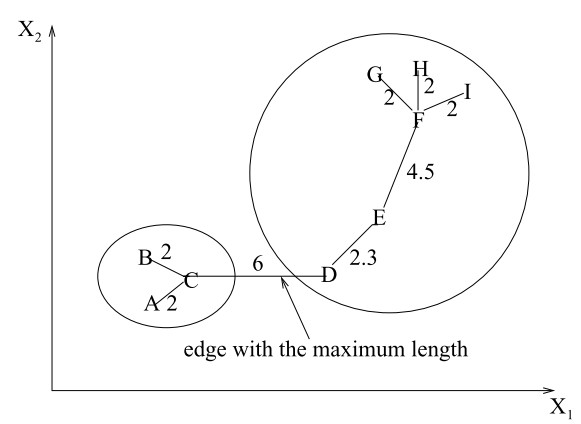Unsupervised learning and clustering algorithms
Last updated on:4 years ago
Unlabelled data is also a key type of input data of machine learning. Usually, we will cluster these data to discover their structures.
 In unsupervised learning, you are given an unlabelled dataset and are asked to find “structure” in the data.
In unsupervised learning, you are given an unlabelled dataset and are asked to find “structure” in the data.
Clustering techniques
Clustering is the unsupervised classification of patterns (observations, data items, or feature vectors) into groups (clusters).

Hierarchical clustering algorithms, Mixture-resolving and mode-seeking algorithms, nearest neighbour clustering, Fuzzy clustering, etc.
Partitional algorithms
Squared error clustering method
$$e^2(x, l) = \sum^K_{j=1}\sum^{n_j}{i=1}||x_i^{(j)}-c_j||^2$$
K-means algorithm
Cluster centroid
In mathematics and physics, the centroid or geometric centre of a plane figure is the arithmetic mean position of all the points in the figure.
Steps
- Cluster assignment step - minimize J, wrt $c^{(1)}, c^{(2)}, c^{(k)}$
- Move cluster centroid step - minimize J , with reference to $\mu_1, \mu_2, \mu_k$

Input
- K (number of clusters)
- Unlabelled Training set
Randomly initialize K cluster centroid
Should have $K<m$
Randomly pick K training examples
Set $\mu_1, … , \mu_K$ equal to these K examples
Try multiple random initializations. Pick clustering theta gave lowest cost J
Optimization objective
$$J(c^{(1)}, …, c^{(m)}, \mu_1, …, \mu_K) = $$
$$\frac{1}{m}\sum^m_{i=1}||x^{(i)} - \mu_{c^{(i)}}||^2$$
Minimize $J(c^{(1)}, …, c^{(m)}, \mu_1, …, \mu_K) $.
Choosing the number of clusters
Elbow method

Others
Graph-theoretic clustering

Applications
Image segmentation, object and character recognition, information retrieval, data mining.
Reference
[1] Andrew NG, Machine learning
[2] Centroid
[3] Jain, A.K., Murty, M.N. and Flynn, P.J., 1999. Data clustering: a review. ACM computing surveys (CSUR), 31(3), pp.264-323.
本博客所有文章除特别声明外,均采用 CC BY-SA 4.0 协议 ,转载请注明出处!